-
 bitcoin
bitcoin $122025.899241 USD
-2.12% -
 ethereum
ethereum $4488.068729 USD
-4.11% -
 bnb
bnb $1315.348019 USD
8.65% -
 tether
tether $1.000457 USD
0.03% -
 xrp
xrp $2.875326 USD
-3.69% -
 solana
solana $222.043604 USD
-4.07% -
 usd-coin
usd-coin $0.999682 USD
0.00% -
 dogecoin
dogecoin $0.249887 USD
-5.62% -
 tron
tron $0.337379 USD
-2.59% -
 cardano
cardano $0.827763 USD
-5.06% -
 hyperliquid
hyperliquid $45.774531 USD
-2.43% -
 chainlink
chainlink $22.079309 USD
-5.87% -
 ethena-usde
ethena-usde $1.000156 USD
0.02% -
 sui
sui $3.482566 USD
-3.57% -
 stellar
stellar $0.386982 USD
-4.92%
how blockchain technology works step by step
Blockchain technology revolutionizes industries by enabling secure and transparent transactions through its decentralized network, immutability, and consensus mechanisms.
Oct 13, 2024 at 04:12 pm

Blockchain technology has emerged as a transformative force, revolutionizing various industries and introducing innovative solutions. Here is a comprehensive step-by-step guide to understand how blockchain technology works:
1. Decentralization and Distributed Ledger:Blockchain operates on a decentralized network, meaning it is not controlled by a single entity. Instead, the ledger containing the blockchain's transaction history is distributed across multiple computers worldwide. This eliminates the risk of a single point of failure or manipulation.
2. Blocks and Transactions:Transactions on the blockchain are grouped into blocks, which are then chronologically added to the chain. Each block contains a unique cryptographic hash that references the hash of the previous block, creating an immutable and tamper-proof record.
3. Consensus Mechanisms:Blockchain relies on consensus mechanisms to ensure that all nodes in the network agree on the validity of new blocks. These mechanisms, such as Proof-of-Work and Proof-of-Stake, incentivize nodes to validate and add new blocks to the chain.
4. Cryptography and Encryption:Blockchain utilizes cryptography to secure and authenticate transactions. Each transaction is digitally signed using public and private keys, ensuring data integrity and preventing unauthorized access.
5. Transparency and Traceability:All transactions recorded on the blockchain are transparent and publicly accessible. However, sensitive information can be protected through the use of private or permissioned blockchains. The traceability of transactions allows for accountability and auditability.
6. Immutability and Consensus:Once a block is added to the blockchain, it is extremely difficult to alter or reverse. This is due to the distributed nature of the network and the consensus mechanisms that ensure that all nodes agree on the validity of the data.
7. Facilitating Trust and Security:Blockchain technology eliminates the need for intermediaries, as the distributed network and cryptographic protocols ensure the integrity and security of data. It also fosters trust between parties in a trustless environment.
8. Applications and Use Cases:Blockchain has found applications in various fields, including finance, supply chain management, healthcare, and data security. It enables secure and transparent transactions, automates processes, enhances traceability, and reduces transaction costs.
Conclusion:Blockchain technology provides a secure, transparent, and efficient way to record and manage transactions. Its decentralized nature, immutability, and cryptography make it an ideal solution for various applications. As blockchain technology continues to evolve, it holds the potential to further revolutionize industries and transform the digital landscape.
Disclaimer:info@kdj.com
The information provided is not trading advice. kdj.com does not assume any responsibility for any investments made based on the information provided in this article. Cryptocurrencies are highly volatile and it is highly recommended that you invest with caution after thorough research!
If you believe that the content used on this website infringes your copyright, please contact us immediately (info@kdj.com) and we will delete it promptly.
- BlockDAG, DOGE, HYPE Sponsorship: Crypto Trends Shaping 2025
- 2025-10-01 00:25:13
- Deutsche Börse and Circle: A StableCoin Adoption Powerhouse in Europe
- 2025-10-01 00:25:13
- BlockDAG's Presale Buzz: Is It the Crypto to Watch in October 2025?
- 2025-10-01 00:30:13
- Bitcoin, Crypto, and IQ: When Genius Meets Digital Gold?
- 2025-10-01 00:30:13
- Stablecoins, American Innovation, and Wallet Tokens: The Next Frontier
- 2025-10-01 00:35:12
- NBU, Coins, and Crypto in Ukraine: A New Yorker's Take
- 2025-10-01 00:45:14
Related knowledge

What is a token economy?
Sep 20,2025 at 12:18am
Understanding the Foundations of a Token Economy1. A token economy in the context of cryptocurrency refers to a system where digital tokens are used a...
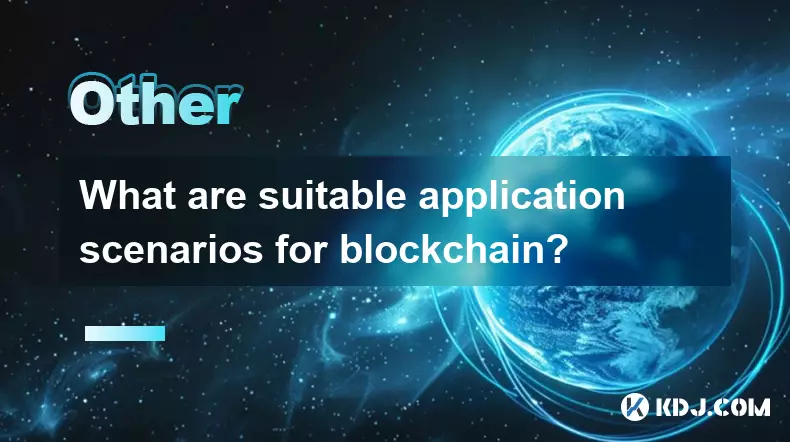
What are suitable application scenarios for blockchain?
Sep 20,2025 at 03:19am
Decentralized Finance (DeFi) Platforms1. Blockchain enables the creation of financial services without centralized intermediaries, allowing users to l...
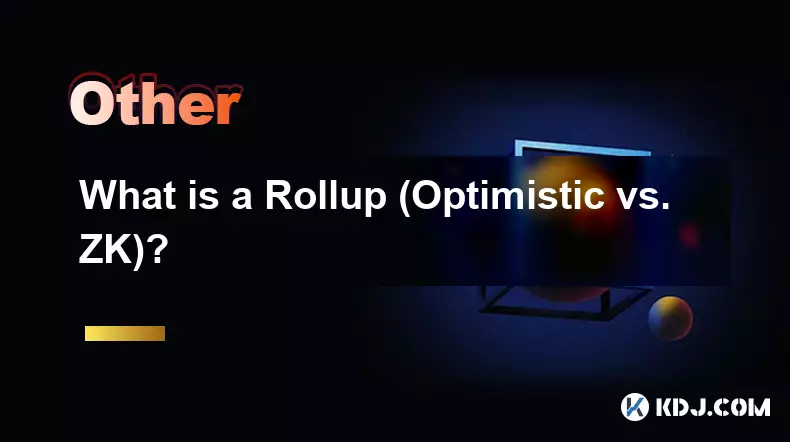
What is a Rollup (Optimistic vs. ZK)?
Sep 22,2025 at 03:00pm
Understanding Rollups in Blockchain Technology1. Rollups are layer-2 scaling solutions designed to increase transaction throughput on blockchains like...
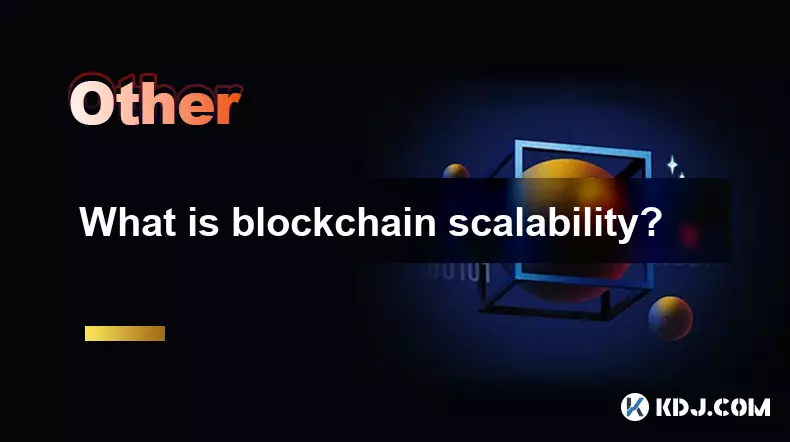
What is blockchain scalability?
Sep 19,2025 at 06:18am
Understanding Blockchain Scalability1. Blockchain scalability refers to a network's ability to handle an increasing number of transactions without com...
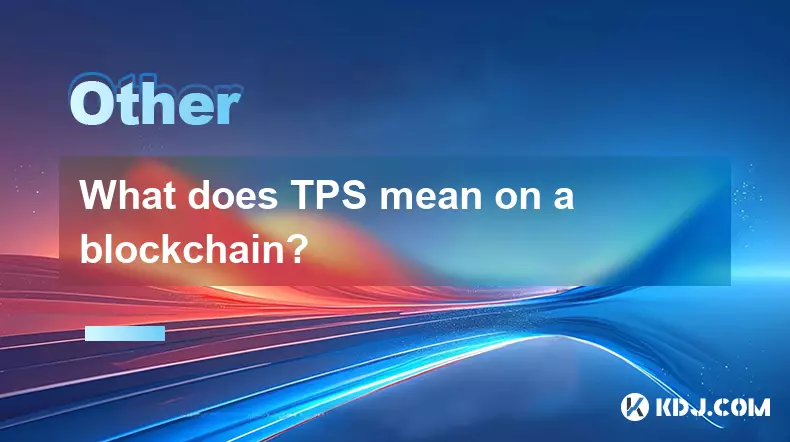
What does TPS mean on a blockchain?
Sep 21,2025 at 09:54am
Understanding TPS in Blockchain Technology1. TPS stands for Transactions Per Second, a metric used to measure the number of transactions a blockchain ...
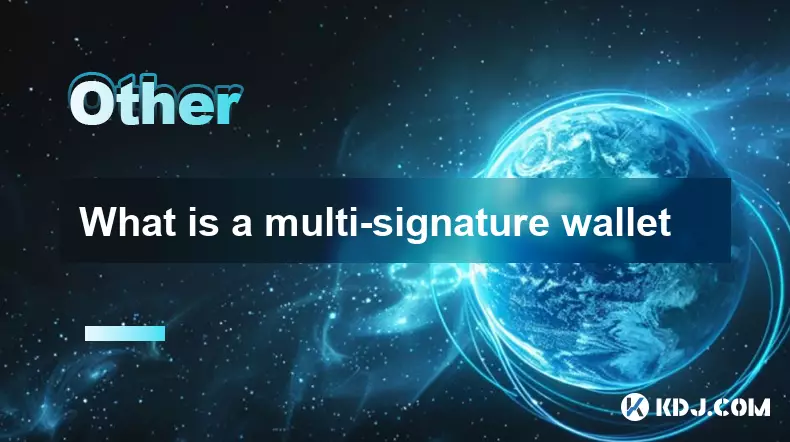
What is a multi-signature wallet
Sep 20,2025 at 07:00am
Understanding Multi-Signature Wallets in Cryptocurrency1. A multi-signature wallet, often referred to as a multisig wallet, is a type of cryptocurrenc...

What is a token economy?
Sep 20,2025 at 12:18am
Understanding the Foundations of a Token Economy1. A token economy in the context of cryptocurrency refers to a system where digital tokens are used a...

What are suitable application scenarios for blockchain?
Sep 20,2025 at 03:19am
Decentralized Finance (DeFi) Platforms1. Blockchain enables the creation of financial services without centralized intermediaries, allowing users to l...

What is a Rollup (Optimistic vs. ZK)?
Sep 22,2025 at 03:00pm
Understanding Rollups in Blockchain Technology1. Rollups are layer-2 scaling solutions designed to increase transaction throughput on blockchains like...

What is blockchain scalability?
Sep 19,2025 at 06:18am
Understanding Blockchain Scalability1. Blockchain scalability refers to a network's ability to handle an increasing number of transactions without com...

What does TPS mean on a blockchain?
Sep 21,2025 at 09:54am
Understanding TPS in Blockchain Technology1. TPS stands for Transactions Per Second, a metric used to measure the number of transactions a blockchain ...

What is a multi-signature wallet
Sep 20,2025 at 07:00am
Understanding Multi-Signature Wallets in Cryptocurrency1. A multi-signature wallet, often referred to as a multisig wallet, is a type of cryptocurrenc...
See all articles










































































